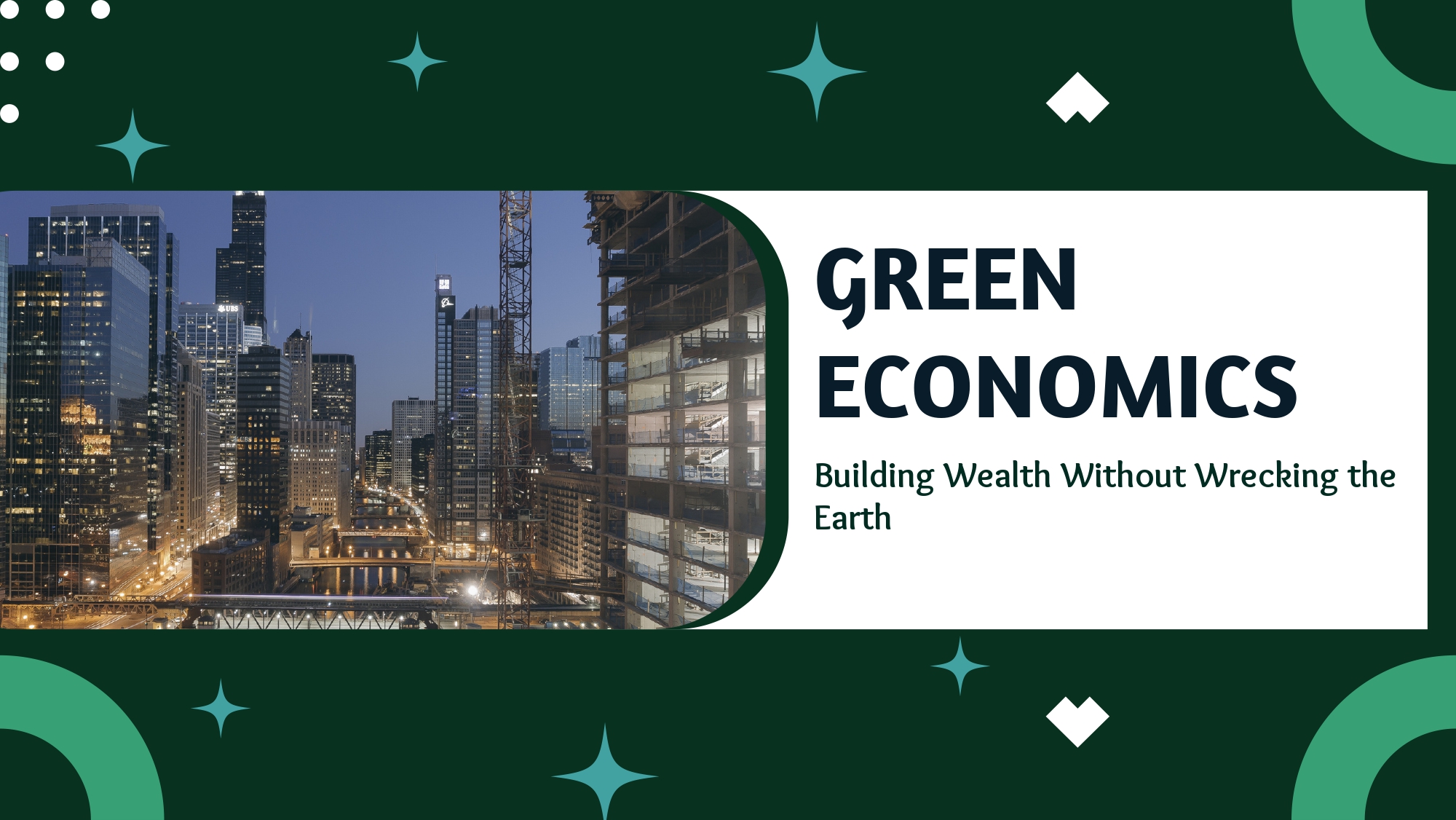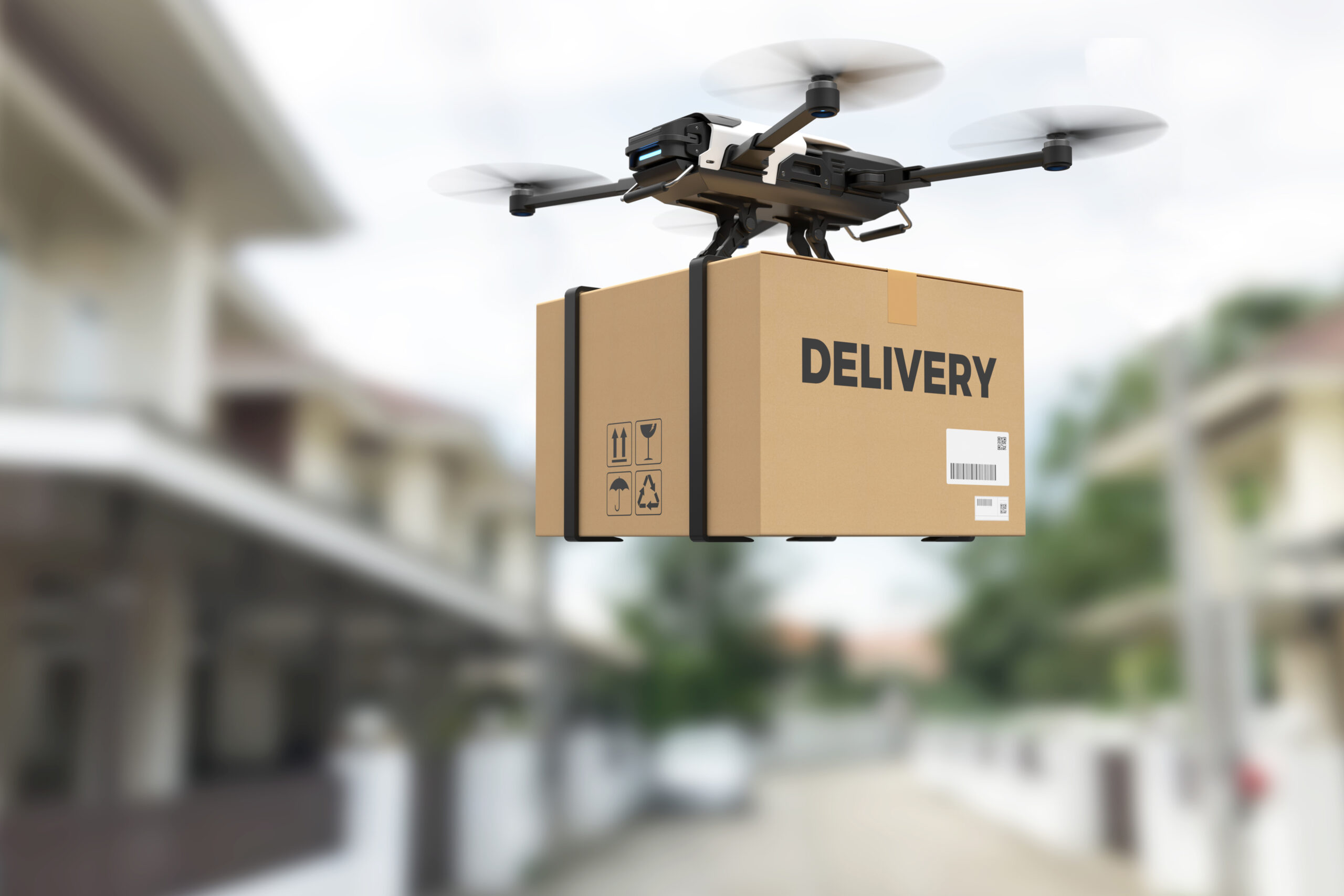In today’s world, where climate change headlines dominate the news and sustainability is no longer a choice but a necessity, the question arises: Can we measure profit without costing the planet? The traditional model of economics focuses almost entirely on financial gains, often overlooking the hidden environmental and social costs. Green economics offers an alternative — a model where the environment and well-being are at the core of decision-making.
Let’s dive deeper into what green economics means and whether true, sustainable profit is possible.
What is Green Economics?
Green economics is a school of thought that redefines growth and success. Unlike conventional economics, which largely prioritizes GDP and financial return, green economics emphasizes ecological health, social equity, and long-term sustainability. It insists that the environment is not an external factor but a fundamental part of our economy.
In essence, green economics asks: What good is profit if it depletes the resources future generations will depend on?
It seeks to build systems that regenerate natural resources rather than exploit them, promote social justice rather than widen inequalities, and encourage businesses to account for their environmental footprint.
Measuring Profit Beyond Dollars
One of the biggest shifts green economics demands is redefining “profit.” Traditional profit is simple: income minus expenses. But what if expenses included not just salaries and rent, but also carbon emissions, loss of biodiversity, soil degradation, and social dislocation?
Emerging models suggest ways to measure true costs, such as:
- Triple Bottom Line (TBL): This framework measures success across three categories — People, Planet, and Profit.
- Natural Capital Accounting: This approach assigns value to natural resources, integrating them into balance sheets.
- Social Return on Investment (SROI): Goes beyond financial returns to quantify social and environmental value created by a project or business.
When companies account for these factors, profit calculations look very different — and, arguably, much more honest.
Can Businesses Still Thrive?
A common concern is that embracing green economics might hurt business competitiveness or profitability. However, the opposite may be true.
Companies that invest in sustainable practices often experience:
- Increased brand loyalty: Today’s consumers are more conscious and willing to support ethical brands.
- Operational efficiencies: Renewable energy, zero-waste processes, and efficient logistics can lower long-term costs.
- Access to new markets: Green sectors such as clean energy, eco-tourism, and sustainable agriculture are booming.
- Attracting top talent: Employees, especially millennials and Gen Z, prefer working for organizations that reflect their values.
Forward-thinking businesses like Patagonia, Tesla, and Unilever have demonstrated that sustainability and profitability can indeed go hand-in-hand.
The Role of Policy and Innovation
To make green economics the norm rather than the exception, innovation and policy must work together.
Governments can incentivize sustainable practices through carbon pricing, green tax breaks, stricter environmental regulations, and support for research into renewable technologies.
Meanwhile, innovation — from clean tech startups to regenerative agriculture techniques — can help businesses transition away from destructive practices without sacrificing success.
A great example is the European Union’s Green Deal, which aims to make Europe the first climate-neutral continent by 2050, combining economic growth with environmental stewardship.
Challenges We Must Overcome
Despite its potential, adopting green economics isn’t easy. Some major hurdles include:
- Short-term thinking: Many businesses and politicians are still focused on quarterly results or election cycles rather than long-term sustainability.
- Lack of standardization: Different methodologies for measuring environmental and social impact can make comparisons difficult.
- Economic inequalities: Transitioning to a green economy must ensure that it doesn’t disproportionately hurt marginalized communities.
Addressing these challenges will require a collective effort from businesses, governments, communities, and individuals alike.
Conclusion: A Green Future is a Profitable One
Green economics is not about abandoning growth but redefining it. True profit must consider environmental health, social equity, and long-term viability.
The planet has long subsidized our “profits” with its air, water, forests, and ecosystems — and now the bill is coming due. If we want future generations to inherit a thriving planet and economy, we must change how we define success today.
Measuring profit without costing the Earth is not only possible—it’s essential. The sooner we embrace this new paradigm, the better our chances of creating a sustainable, equitable, and prosperous world for all.
#GreenEconomics #Sustainability #ProfitAndPlanet #ClimateAction #FutureOfBusiness #EcoFriendly #GreenBusiness #SustainableLiving #SocialImpact #EcoEconomy













